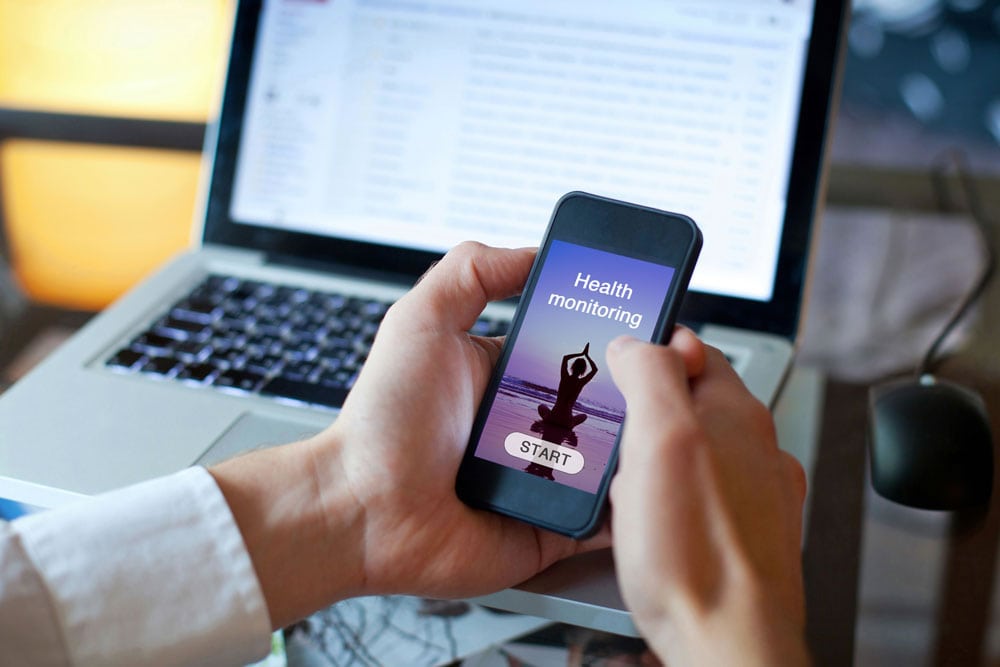Interest in developing apps – as yet a relatively unproven tool in health and care – raises considerations about the digitally excluded sector of the population
Health apps offer great potential in improving health and wellbeing, helping people to become more involved in self-managing their health or illness. But they might also to add to the health burden. The problem is that there is not a great deal of information to say what works and what does not.
With estimates of the number of health apps already out there ranging from 100,000 to 300,000, if no safeguards are in place to assess effectiveness, then what are the chances that apps could end up increasing demand on services? The recent article in Evidence-Based Mental Health, a British Medical Journal (BMJ) publication questioned the effectiveness of the apps on the NHS apps library, saying there was no proof that 85% of the apps for depression worked. It serves to illustrate the problem about app endorsement that is currently the focus of activity for a team from NHS England, Public Health England and the Health and Social Care Information Centre.
This project stems from last November’s publication of the ‘Personalised health and care 2020: a framework for action’ by the National Information Board (NIB) and the Department of Health. In March, the NIB published details of a number of core workstreams, with work stream 1.2 specifically looking at providing citizens with access to an endorsed set of health and social care apps. June saw the publication of ‘roadmaps’ outlining what had been achieved so far. This autumn, work is getting underway to start piloting the system to assess ways of endorsing apps and other digital applications. Indeed, there has already been an update of the NHS Health Apps library, which was launched as a pilot in 2013 and is now being upgraded.
But who are the end users of these apps going to be? It’s unfair to characterise app developers as young, switched-on tech fiends. But might it be fairer to say that the population that is likely to need most care and support is the older generation. IT is not necessarily a mystery for this group but there is a preference for the PC or entry-level tablet over the smartphone with all its whizzy gadgetry.
Will apps be just one more option for some patients, or is the hope that apps will be for use by anyone? The work of Go ON UK indicates that 23% of adults do not possess basic digital skills. In addition: “Basic Digital Skills levels start to decline amongst the 45+ age bracket, with 65+ year olds having a Basic Digital Skills level of just 43%. This group also happens to have the lowest digital device ownership.”
Its new Digital Exclusion Heatmap is also worth studying as it shows just how much variance there is across the country. Using eight metrics – infrastructure, access, Basic Digital Skills, Basic Digital Skills used, age, education, income and health – the heatmap shows the impact at a local authority level and digital exclusion seems to increase the further away from the metropolises.
It is a fascinating tool which raises questions about how the people developing digital applications can relate to the people where there might be most benefit. Is the young urban tech professional able to appreciate what the great grandparent living alone in a rural shire where broadband is barely hitting 2MB wants from the IT that they feel comfortable with?
Hopefully, yes. Especially as the Code4Health programme is inviting “citizens, patients, carers, health, care and digital professionals” to get involved in learning to code and build apps. This inclusive approach should mean that those at the coal face – health professionals, carers and patients themselves – might identify a need for an app and be able to get the ball rolling.


